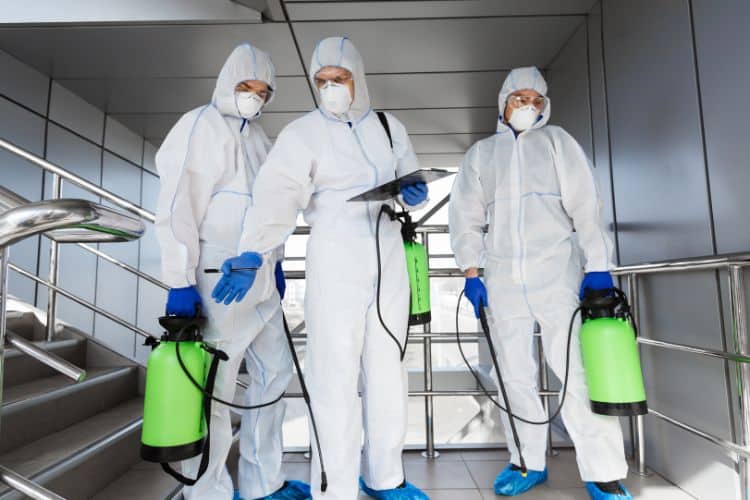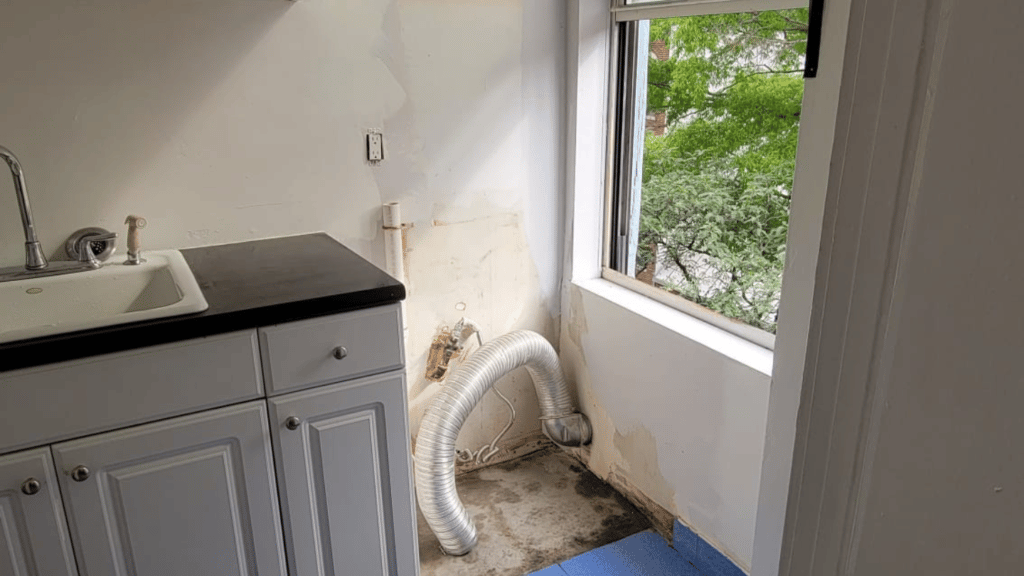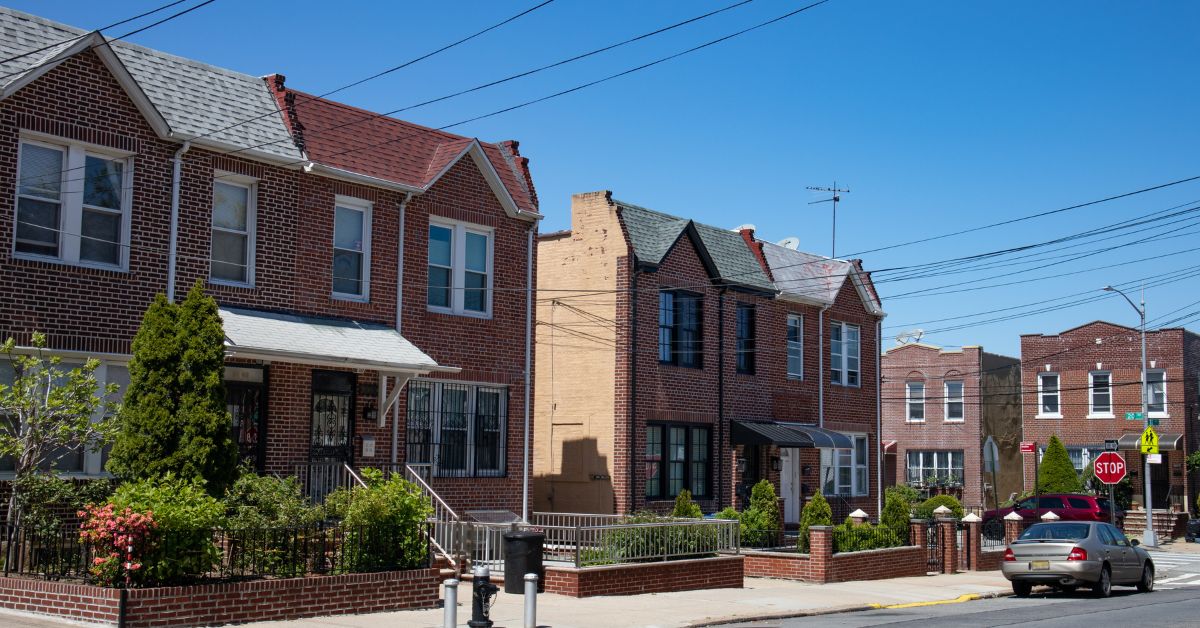Mold can affect any building, be it residential or commercial. Yet, the presence of mold in commercial buildings can be especially problematic due to potential health risks for employees and customers, the risk of damaging property, and even possible legal issues. To help you navigate this challenge, we’re providing some crucial tips on how to address mold in commercial buildings.

Understanding the Importance of Mold Management
Firstly, it’s important to understand the gravity of mold problems in a commercial setting. Prolonged exposure to mold can lead to a variety of health issues, including allergies, asthma attacks, and other respiratory problems. The presence of mold can also affect your business operations, causing possible downtime and even tarnishing your business reputation.
Identify the Signs of Mold
Before you can address mold effectively, you need to know how to identify it. The most obvious signs are visible mold growth or a musty smell. Other signs can be subtle, like employees frequently getting sick, paint peeling, or a sudden increase in pests.
Regular Mold Inspections
Regular mold inspections are an essential part of maintaining a healthy commercial building. Hire a professional mold inspection service equipped with advanced mold detection tools to conduct periodic inspections. These professionals can detect mold issues early, even before they become visible, and guide you on the appropriate mold removal processes.
Effective Mold Removal
If mold is found in your commercial building, immediate mold removal is crucial. The mold removal process will typically involve the following steps:
- Identifying the Source: The first step in mold removal is to identify the source of the moisture problem that’s leading to mold growth.
- Containment: The affected area must be contained to prevent the spread of mold spores to other parts of the building during the removal process.
- Removal and Cleanup: All mold-infested materials need to be properly cleaned or replaced, depending on the severity of the infestation.
- Dry Out: The area needs to be thoroughly dried out to ensure no moisture remains that could lead to new mold growth.
- Testing: After the mold removal process, testing should be carried out to ensure that the mold issue has been adequately addressed.
Preventing Mold Growth
Prevention is always better than cure. Here are some strategies to help prevent mold growth in commercial buildings:
- Addressing Moisture Issues: Address any moisture problems immediately, as damp environments are conducive to mold growth.
- Proper Ventilation: Ensure that your building is well-ventilated, especially in areas like bathrooms and kitchens where moisture levels are typically high.
- Regular Building Maintenance: Regular building maintenance can help identify potential problem areas and fix them before they lead to mold growth.
- Humidity Control: Maintain indoor humidity levels below 50% to prevent mold growth.
- Immediate Response to Water Leaks: Respond promptly to any water leaks or spills to prevent a conducive environment for mold growth.
Stay Proactive in Your Fight Against Mold
Addressing mold in commercial buildings can feel like a daunting task, but by staying proactive, it’s manageable. Regular mold inspections, effective mold removal, and implementing mold prevention strategies can protect your building, your employees, and your clients from the harmful effects of mold. Remember, a healthy building contributes to a healthy business!




